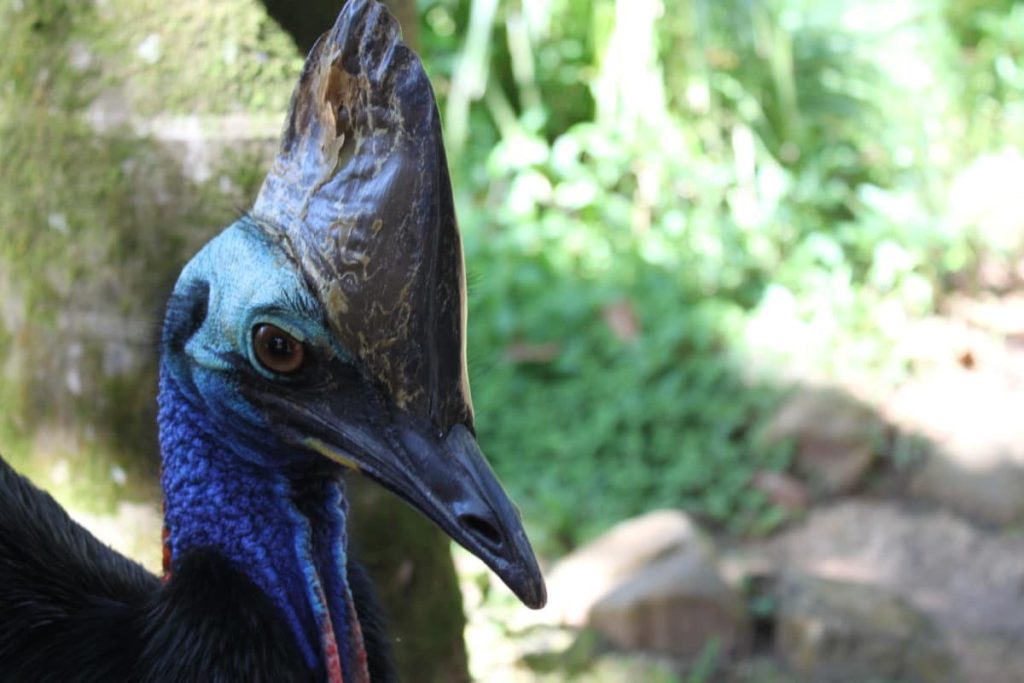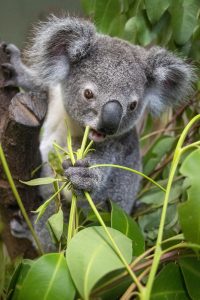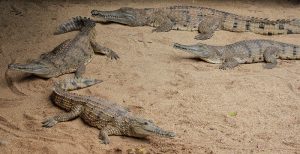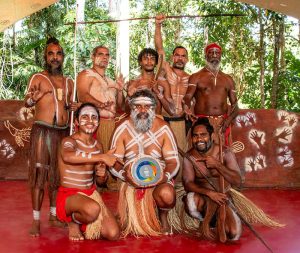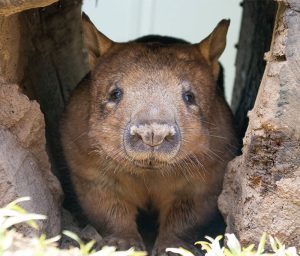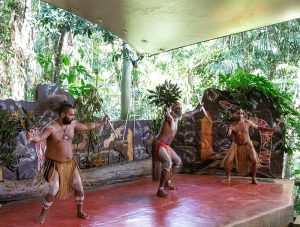The Southern Cassowary is one of the most incredible animals to be found in Tropical North Queensland.
The name cassowary comes from the Malay name kesuari. The cassowary is the largest avian frugivore in the world.
Cassowaries can be very intimidating in appearance. They have a tall brown casque (helmet) on top of their head, although to date, no one is sure what the purpose of the casque is. Some speculate that it indicates dominance, others suggest that it protects the bird's head when running through the forests.
They also have a bright blue and purple neck, red wattles and glossy black plumage.
Cassowaries are flightless, but they do possess small vestigial ‘wings’ with 5-6 bare quills and a long claw at the tip of the wing.
Southern cassowaries can grow to a height of 2 metres. The males can weigh up to 55kg and females can weigh up to 76kg.
Each leg has three claws, with the medial claw reaching up to 120mm in length ... don't want to get too close to that!
Cassowary chicks differ in appearance, with a striped brown and cream pattern. After 3-6 months, the stripes fade to the brown sub-adult plumage. They keep this brown plumage until 12-18 months of age. At this point, the bird begins to take on adult characteristics. Maturity is reached at 3.5 years of age for females and 2.5 years for males.
Cassowaries mate from early June to September, and the female may mate with more than one male. They will lay 3-5 eggs, and the male incubates them for approximately 50 days. Interestingly, the male raises the chicks alone - so when you see a cassowary with chicks following, you're looking at a male.
The baby cassowaries will leave the male anywhere from 9-18 months later, having learned to fend for themselves in the wild.
Their diet consists mostly of fruit - they can eat the fruits of more than 240 species! They aren't fussy though - they will also eat invertebrates, plants and fungi if it's available.
Cassowaries are considered endangered, as their numbers are dwindling. It is important that we ensure their continued survival for a number of reasons, including their importance in the ecology of our beautiful rainforests. They disperse the seeds of large rainforest fruits over long distances, and this helps our rainforests to grow.
We have a male Cassowary in residence at Rainforestation Nature Park - Keita. He has lots of personality, and is magnificent to watch. His favourite foods include kiwi fruit and tomato, and he can consume an average of 2.9kg of fruit per day. That's a lot of food!
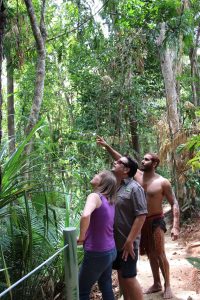
What is Bush Tucker?
When it comes to Australian meals many people think about the typical Aussie meat pie or our ANZAC biscuits but the one often forgotten is


